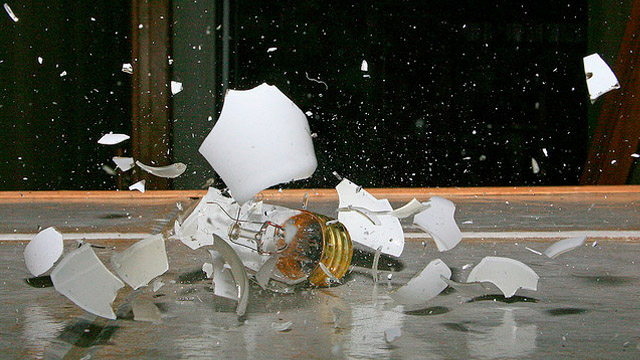130 years after Thomas Edison brought incandescent lighting to the masses, the end is nigh for the old, energy-guzzling technology. On January 1, 2012, seven months from this week, federal efficiency regulations will effectively outlaw incandescent bulbs.
Writing in the New York Times Magazine, Andrew Rice traces the rise and demise of the traditional incandescent, and looks into the development of a low energy, LED replacement.
[L.E.D.’s] have long been used for low-intensity applications, like the digits on your microwave, but it was only about a decade ago that a cadre of physicists began to awaken the industry to their wider potential. Roland Haitz, a scientist associated with Lumileds, argued that just as computer chips were becoming exponentially more powerful, L.E.D.’s were getting brighter and cheaper at a predictable rate, a proposition now known as Haitz’s Law. Transitioning to L.E.D.’s, Haitz forecast, would cut the amount of electricity used for lighting by more than 50 percent worldwide, eliminating some 200 million tons of carbon emissions a year.
The catch, of course, is cost. Right now an LED bulb at Home Depot will run you about $30. The key is getting the price below $10 without compromising quality. In the meantime, consumers are making the move to hybrid halogen bulbs (a transitional product that only barely meets the new regulations) and compact fluorescents.
Read the whole article here.
Photo: Laszlo Ilyes / Flickr
